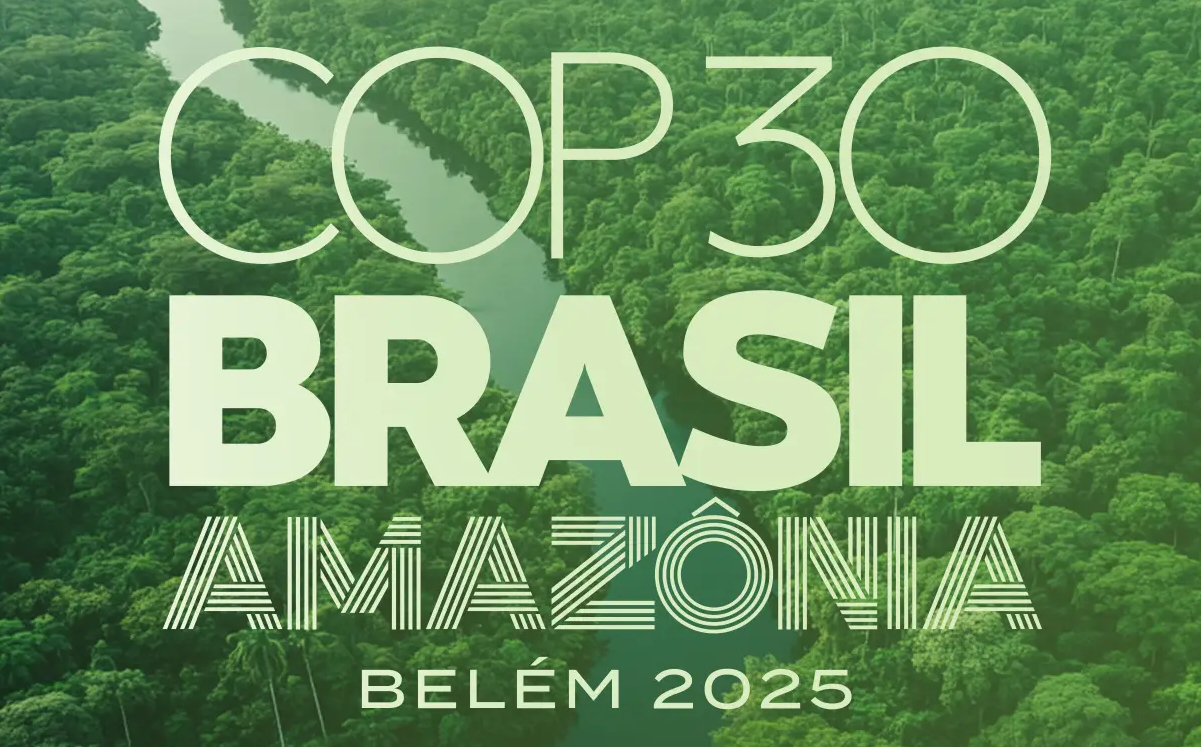Mexico’s climate ambition ahead of COP30

The 30th Conference of the Parties to the United Nations Framework Convention on Climate Change will be held from November 10 to 21, 2025.
Image: en-off.cl
In 2015, countries around the world signed the Paris Agreement, committing to keep the temperature increase due to climate change below 2°C and ideally 1.5°C, thereby avoiding the worst damages. Every year, the Conference of the Parties (COP) is held, the 30th edition of which is taking place from November 10 to 21 in Belém, Brazil, where the details of the implementation of the Paris Agreement are negotiated and action plans are established. Every five years, each country must submit its comprehensive climate change management plan, known as a Nationally Determined Contribution or NDC, which includes both mitigation (reducing greenhouse gas emissions to prevent temperature rise) and adaptation (adjusting to the new normal of a warmer climate and a changed environment), as well as the means of implementing these commitments. On the 10th anniversary of the Paris Agreement, all countries must submit updates to their NDCs reflecting the highest possible ambition.
Mexico ranks 11th in emissions, contributing 1.34% of the global total, while each Mexican emits 3.5 tCO2e/year, which is lower than the global average per capita emissions. This reflects the national dilemma of common but differentiated global responsibilities: the country is among the largest emitters, yet Mexicans have a less carbon-intensive lifestyle than the global average. However, every additional ton of carbon emitted into the atmosphere causes quantifiable damage, and every tenth of a degree avoided matters. Given that Mexico is highly vulnerable to the impacts of climate change, mitigation represents not only a responsibility to the international community, but also a fundamental priority for the country.

NDCs must set ambitious, fair, and realistic targets.
Image: Naciones Unidas
Mexico has the capacity and responsibility to deeply decarbonize its economy by mid-century in order to contribute to the global effort to combat climate change and comply with the Paris Agreement. This mitigation is cost-effective and would bring multiple co-benefits for adaptation to climate change, in addition to avoiding the impacts and damage of further global warming. Evidence-based decision-making is essential for setting fair, ambitious, and realistic goals. For the formulation of the 2025 NDC and Mexican climate policy, academics have recommended setting a maximum net emissions limit of 366 MtCO2e in 2035 and achieving net zero emissions in 2055.
To achieve these mitigation targets, a carbon price should be set at no less than $65 per tCO2e mitigated in 2030 and between $104 and $115 in 2035. The immediate and effective opportunities for mitigation are mainly in the electricity generation, industry, waste, and transportation sectors. Increasing installed capacity and transitioning to an electricity matrix based on clean energy is essential to enable the decarbonization of industry and transportation, while the only measure capable of reversing the growth of emissions in the agriculture and livestock sector is the adoption of sustainable diets.
Mexico can be a regional leader in comprehensive climate change management with a net-zero damages approach that promotes climate justice. Emissions mitigation is a fundamental pillar of this approach to prevent damage and transform the economy toward a low-emission development path that generates shared prosperity.
This text summarizes the findings of the UNAM’s Climate Change Research Program (PINCC) for the generation of policies based on scientific evidence.
Article published originally in Spanish in the Izcalli Times




